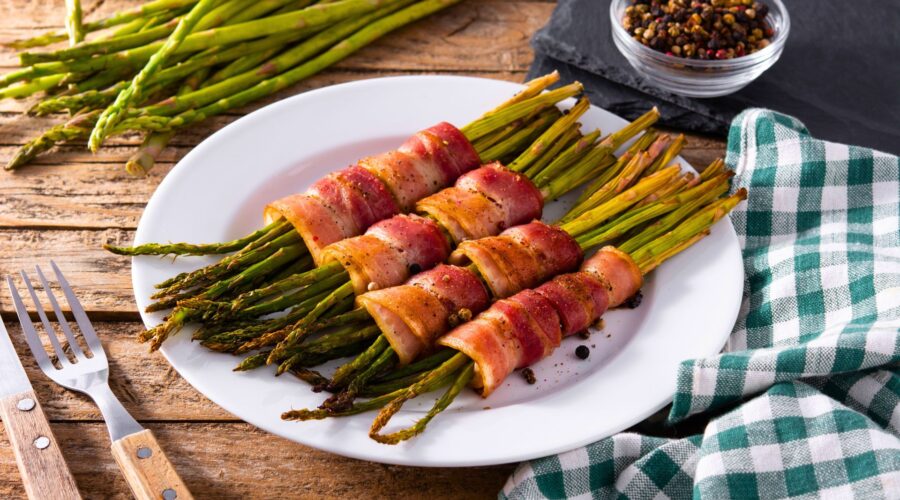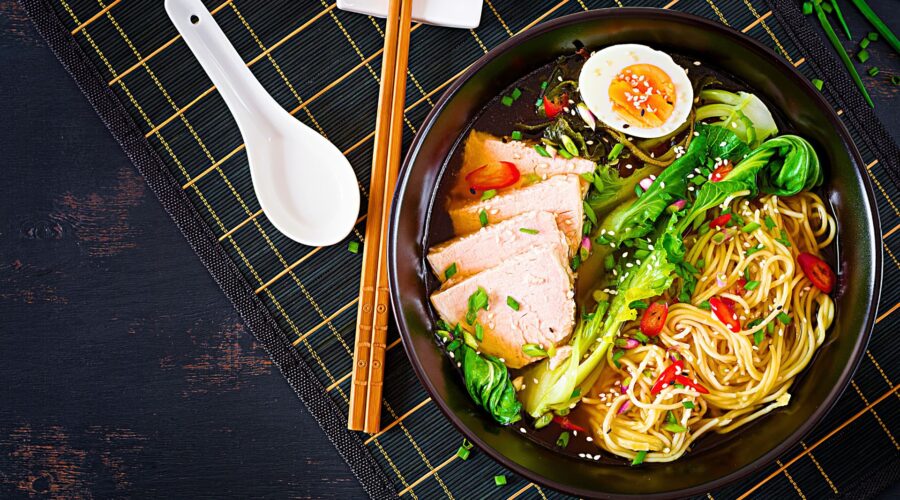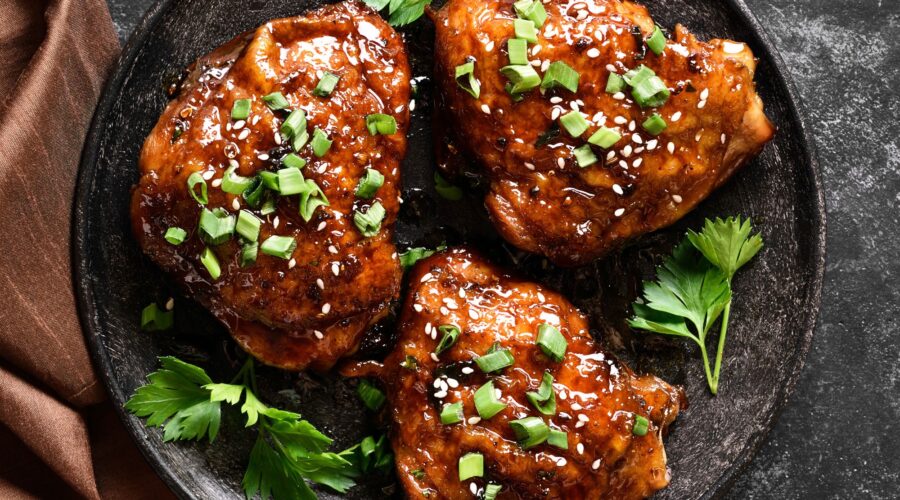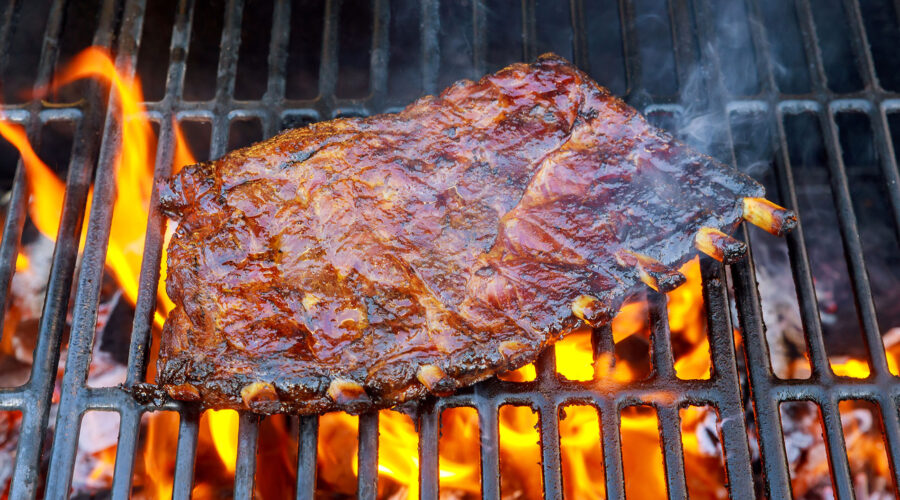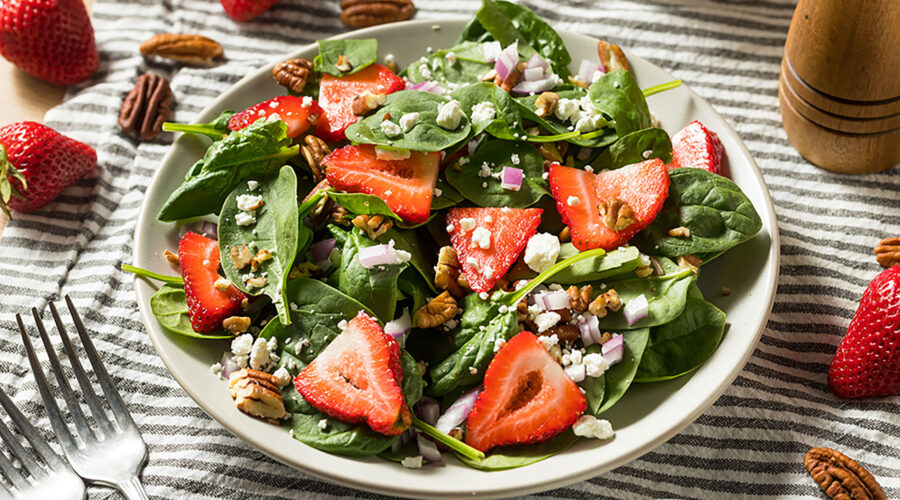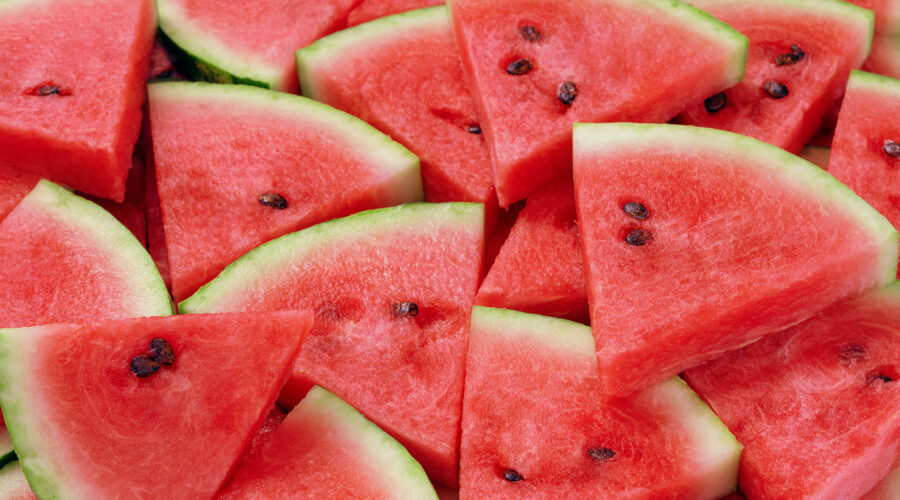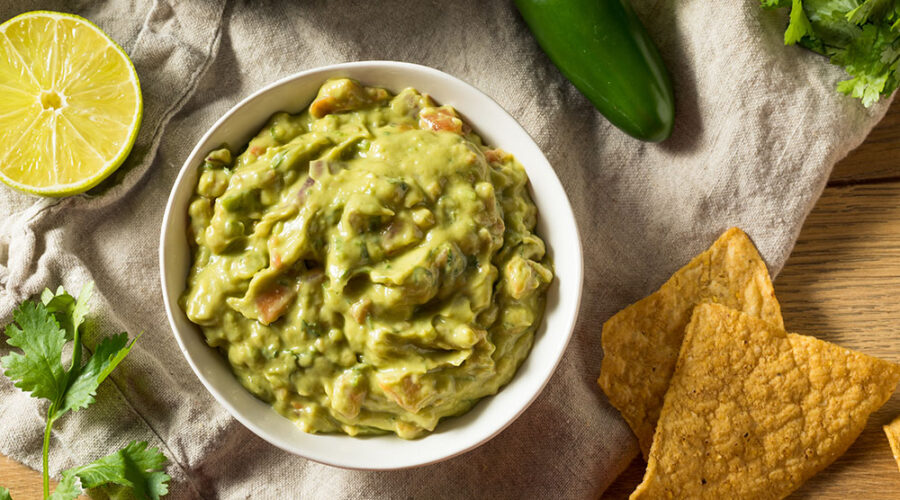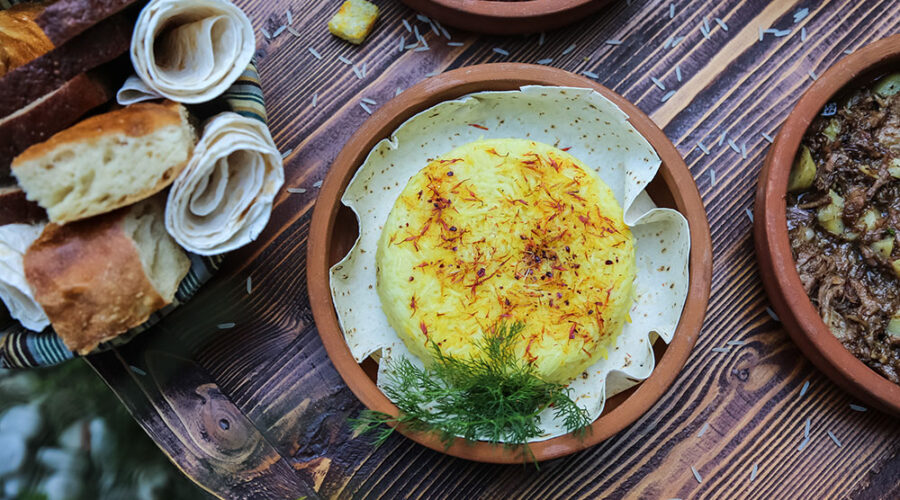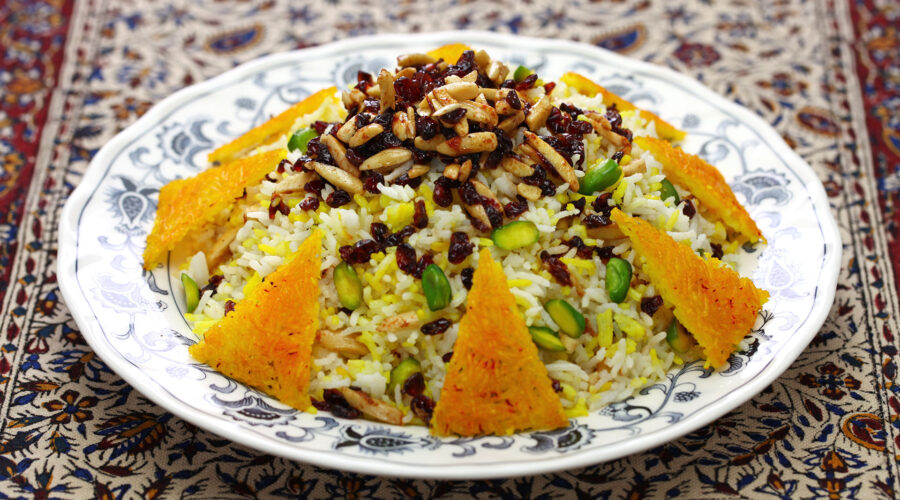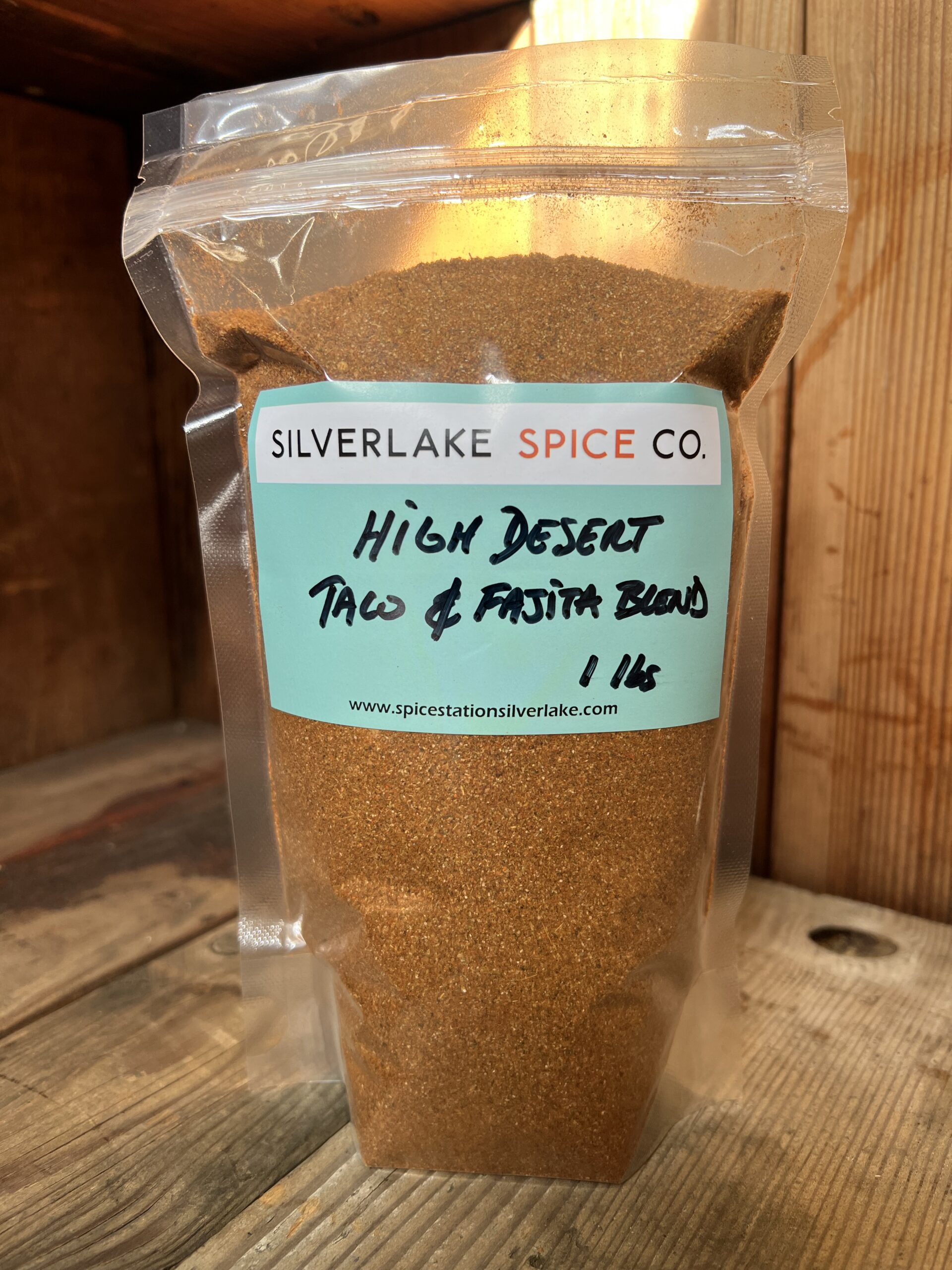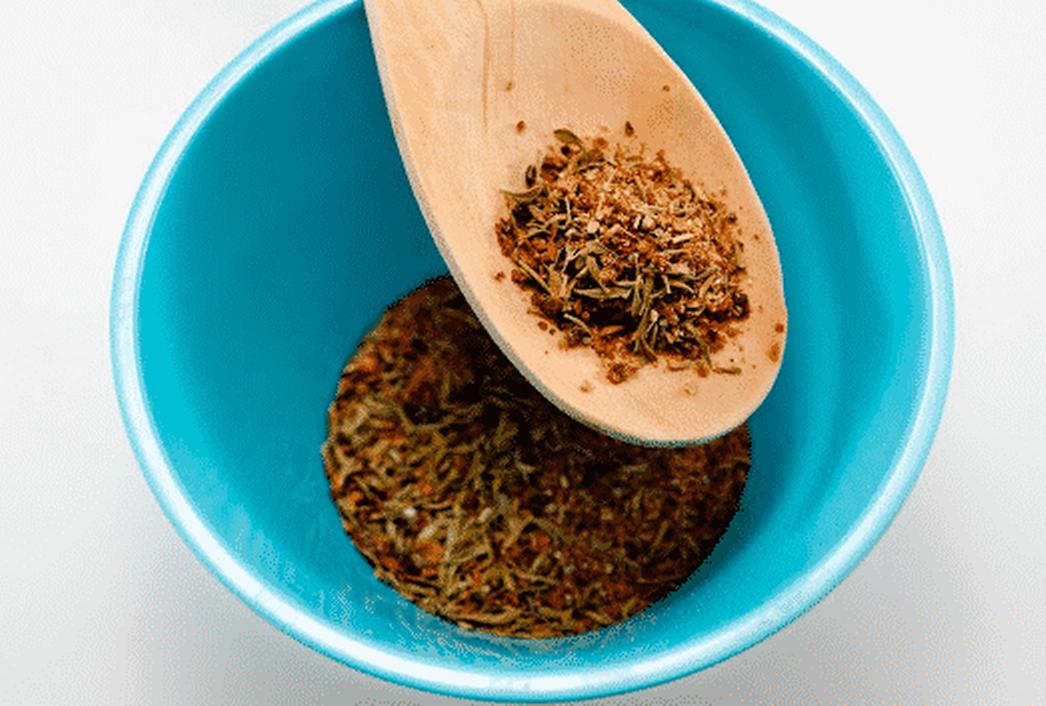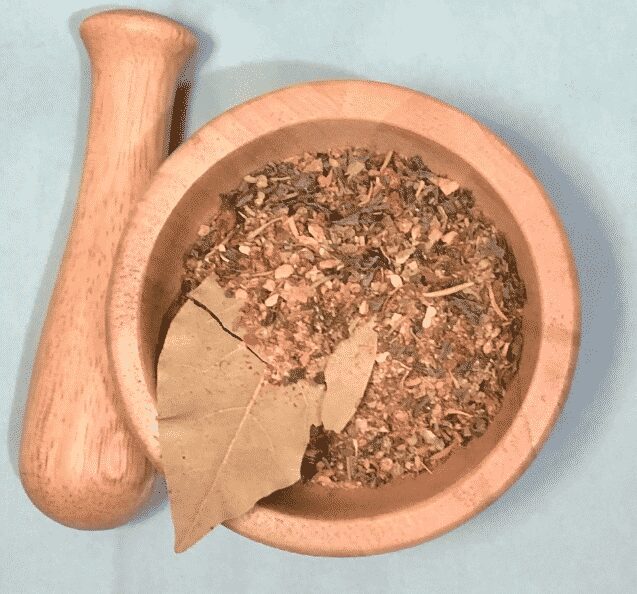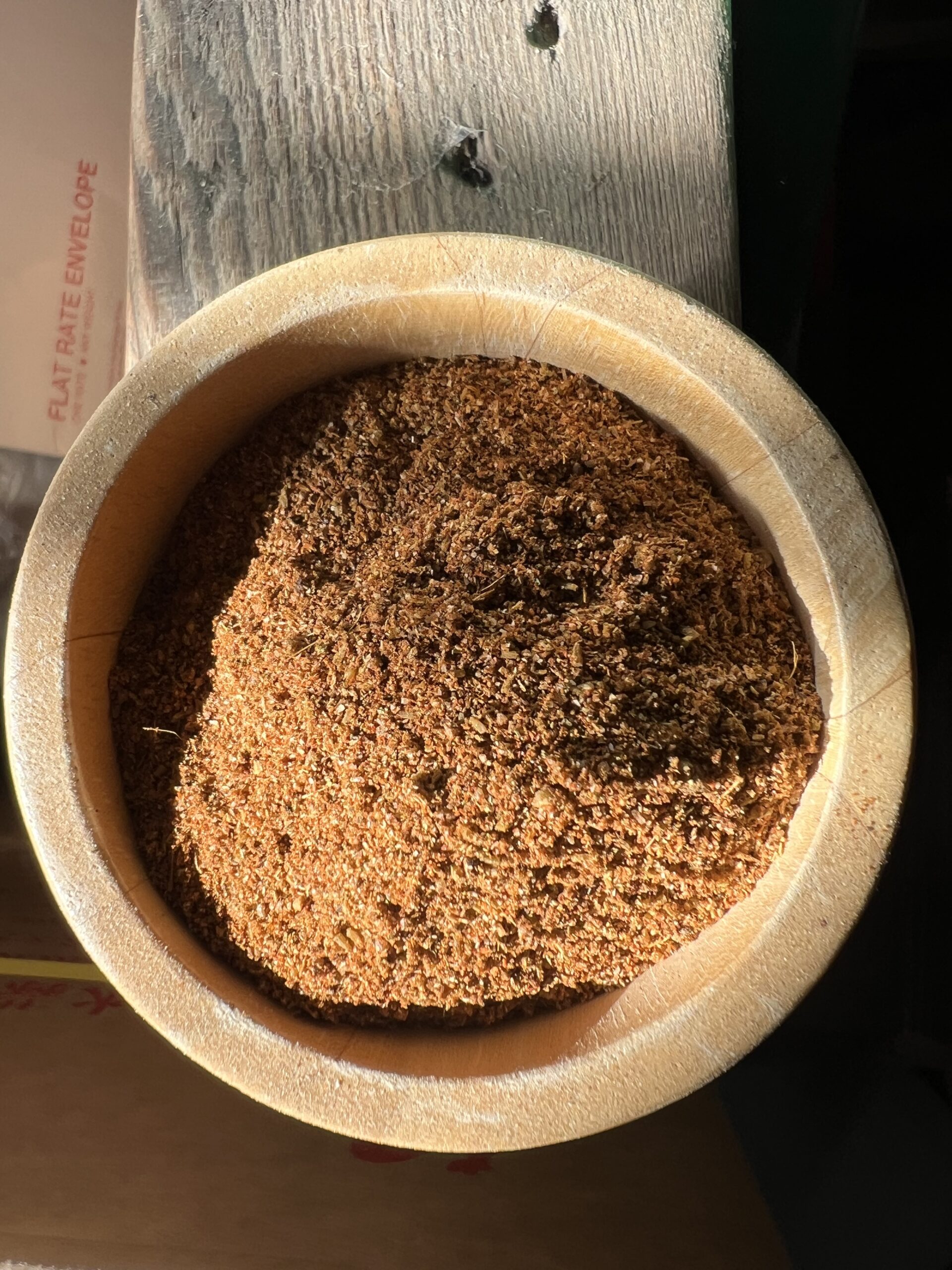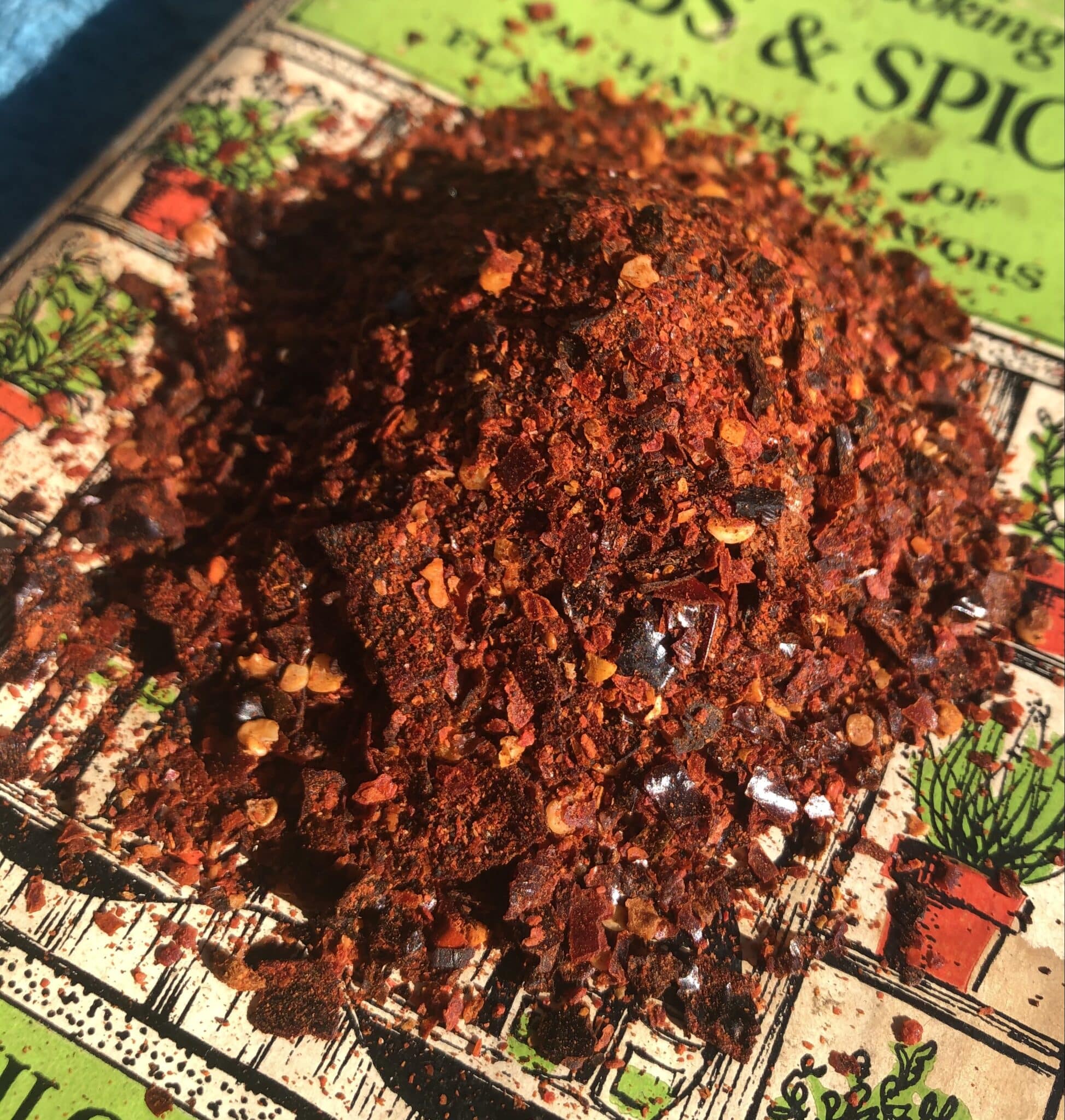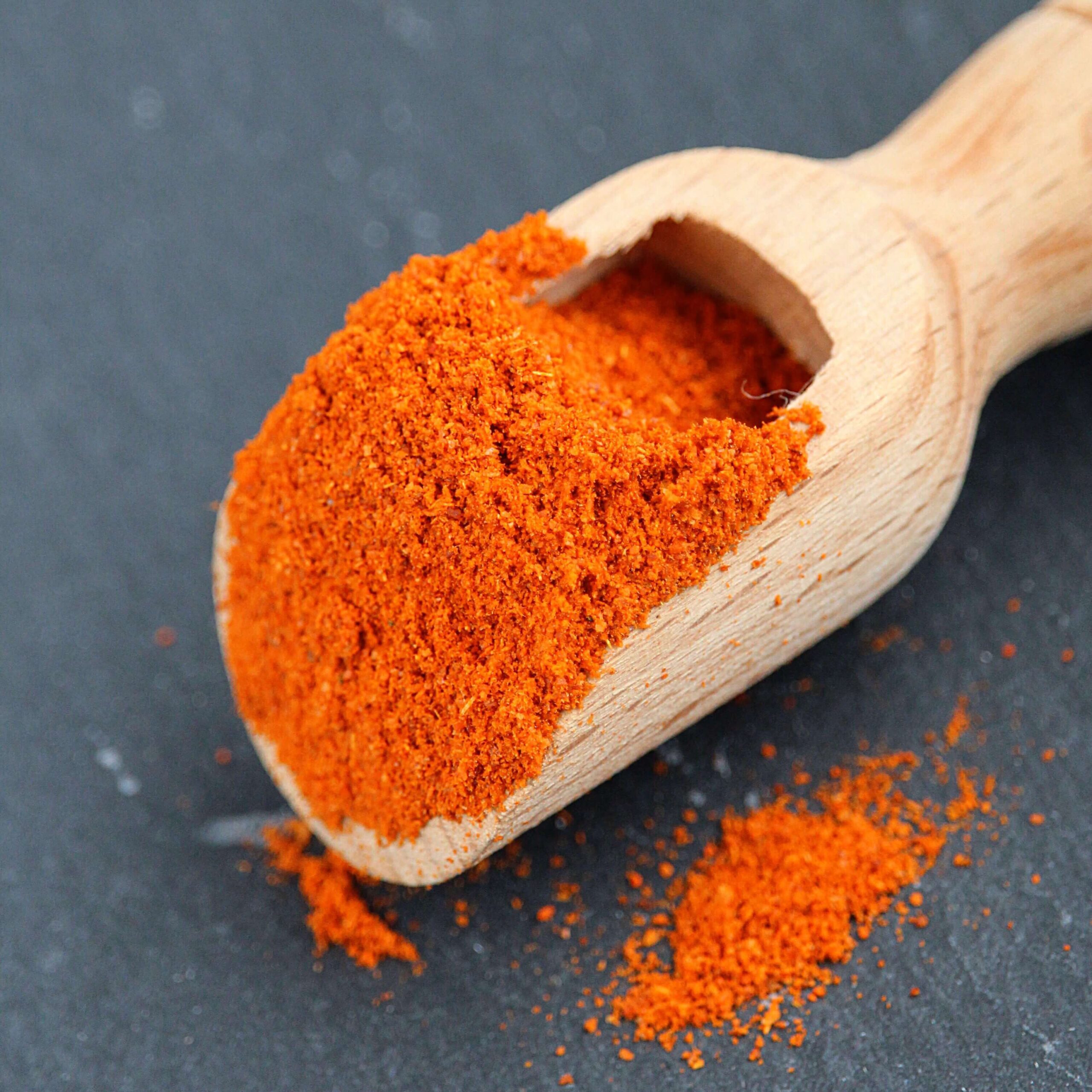Recipes
Blazing Bowls: A Spicy Ramen Recipe
Sweet And Spicy Chicken Thighs
American Independence Day and The Top Four Traditional July 4th Foods
Grilling With Dry Rub Vs. Wet Rub – A Comparison
23 The History of Strawberries & the Strawberry Pie
The Strawberry is considered one of the top favorite summertime fruits in America. Most everyone loves freshly picked strawberries. Strawberries go great in so many different recipes. In this article, we will discuss this ever-popular fruit and the infamous strawberry pie, a sweet treat perfect for those summertime picnics.
The History Behind Salad
I, like so many others around the world, love a great salad. They’re simple to mix together, they can be a healthy choice, and there are a wide variety of different types available. But, if you’re like me, you may have found yourself wondering where salads originated. Well, good news, I did the research, and now I will share it with you. Read below to learn more about the history of salad.
Watermelon: How Mom’s Favorite Fruit Became My Own
The thing is I have always loved watermelon. As a young adult, I started to wonder why I loved watermelon so much. I asked my Mom about it and was surprised by her answer. Let us dive into the science of how what my Mom ate while she was expecting me, became a favorite fruit of mine too.
The World Loves Guac. 9 Culturally Different Ways to Enjoy Guacamole
It’s no surprise, with its unique texture and flavor profile, that guacamole has gained popularity around the globe. Surely, all those Instagram posts of Avacado toast played a role, but this fruit’s most important role is and always will be in a bowl of guacamole.
The Story of Gingerbread’s Past – From Cookies to Houses and Beyond
The history behind gingerbread dates back many centuries and involves more than just one country or continent. Continue reading to learn more about the evolution of gingerbread.
All About Persian Steamed Rice With Saffron Tahdig
Rice, or “polow” as it’s called in Farsi, is the quintessential grain of Persian cuisine. . Persian chefs have perfected the art of cooking rice, resulting in a dish that is not only delicious but also beautiful to behold.
Zereshk Polo ba Morgh
Zereshk Polo ba Morgh, a traditional Persian dish, is a favorite party rice dish in Iran. This festive rice is layered with a mixture of red zereshk berries and golden fried onions, then garnished with almonds and/or pistachios.
Top Selling Blends
Anatolian Lamb Rub
$4.00
Harissa
$3.00

